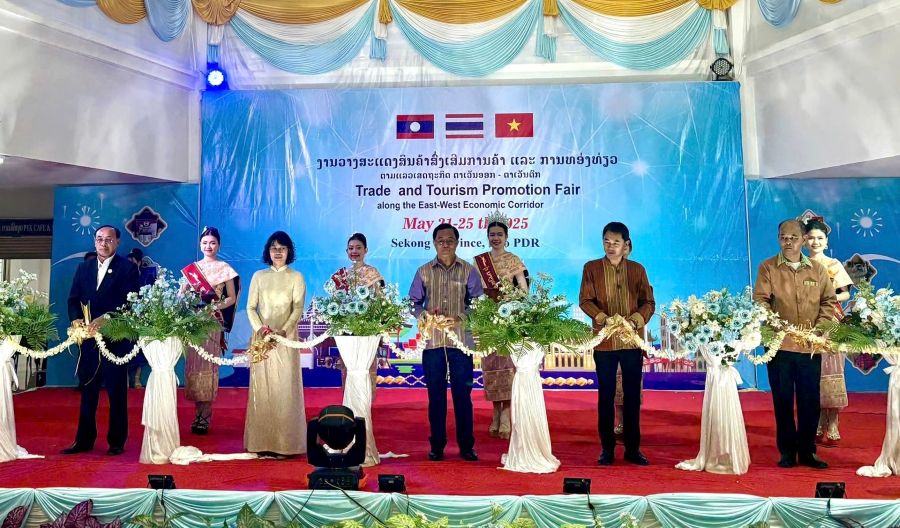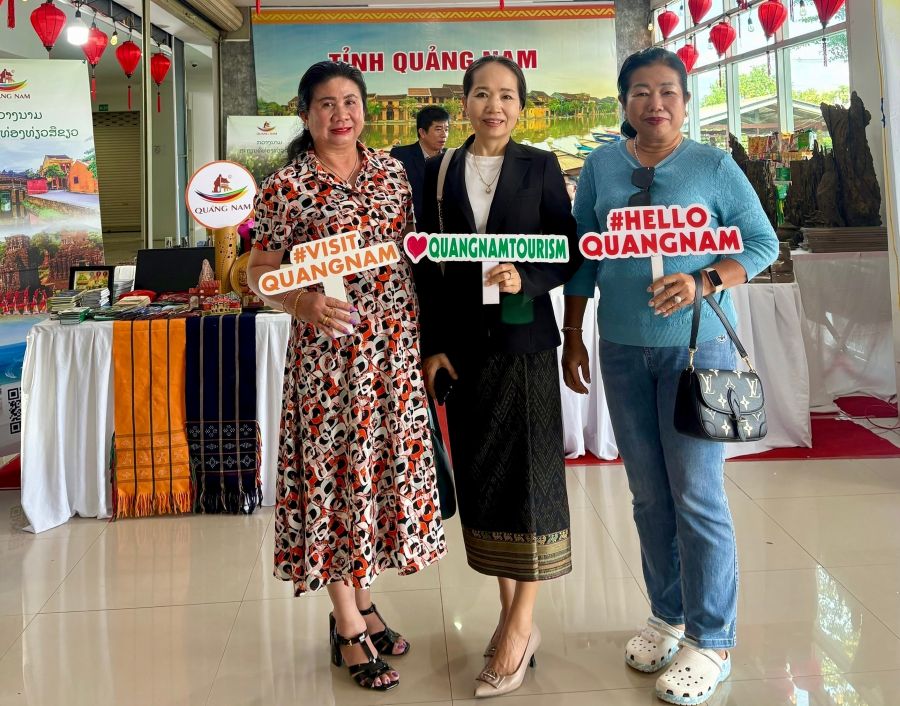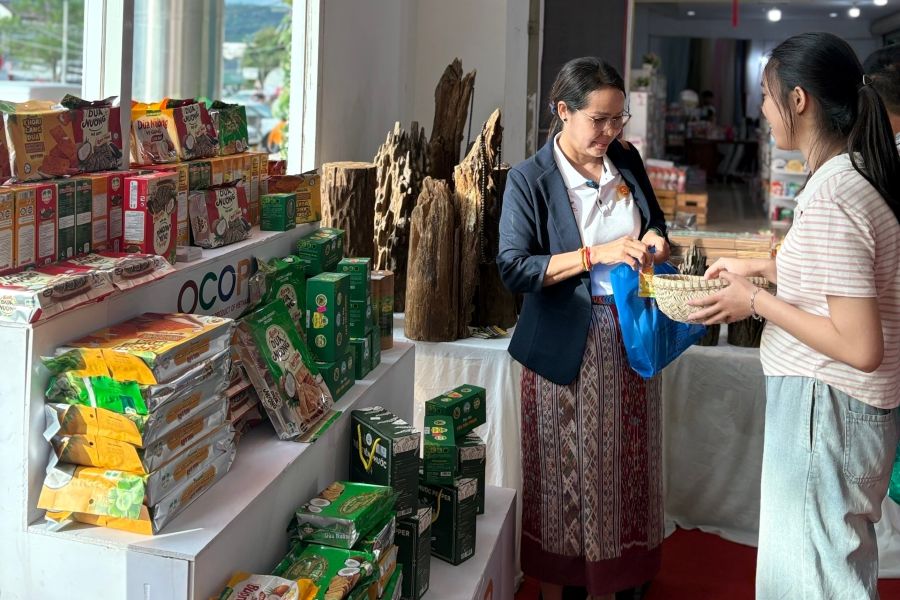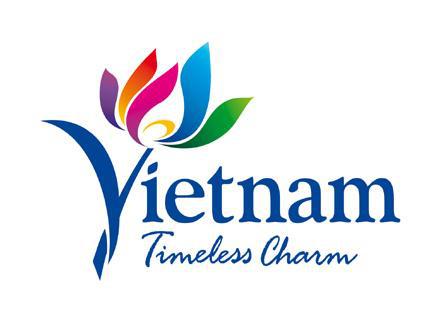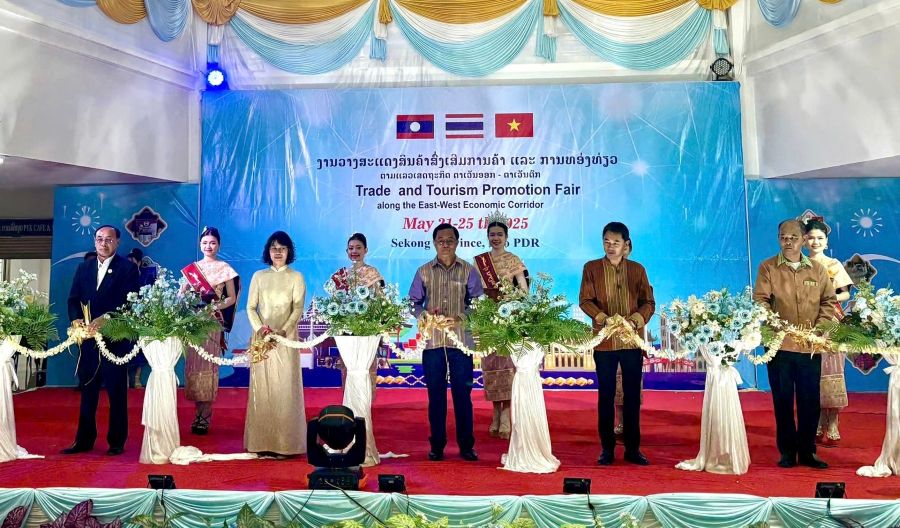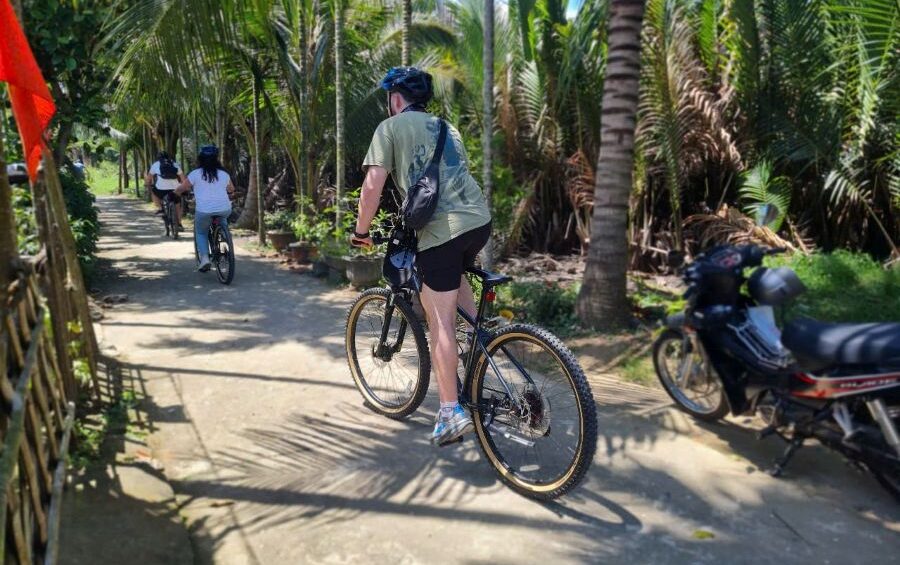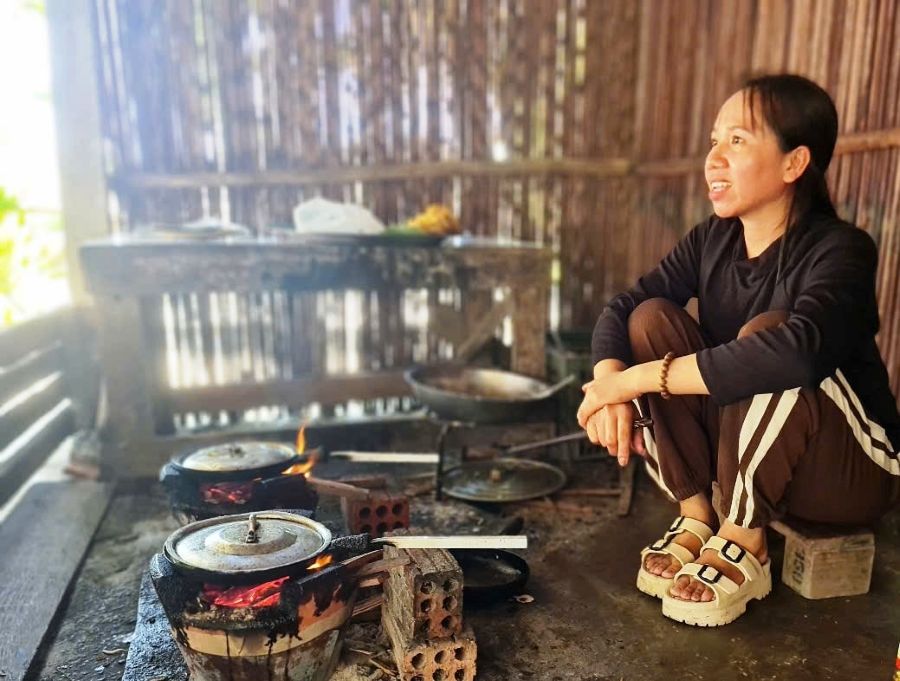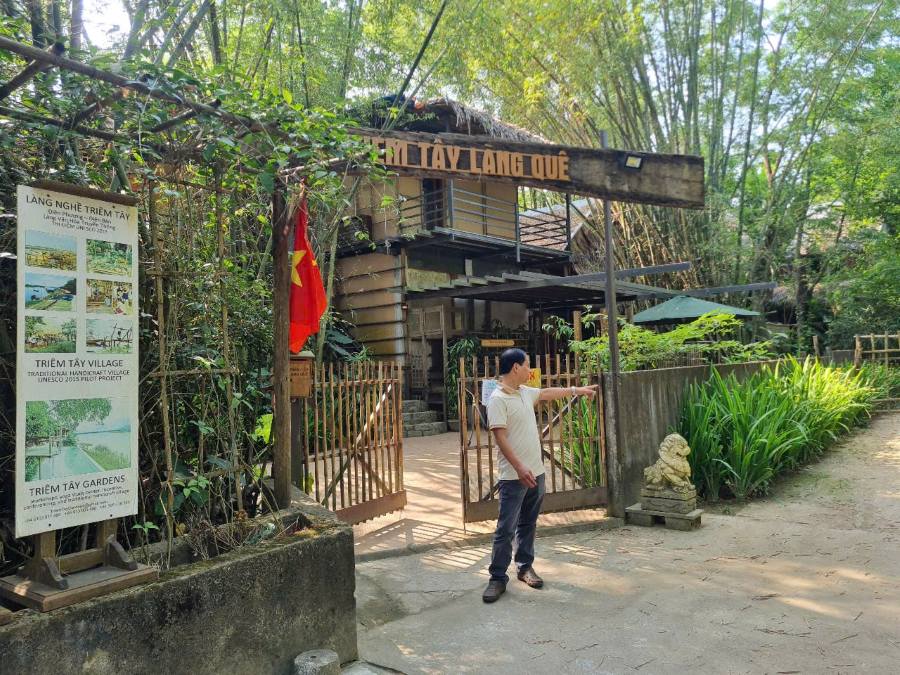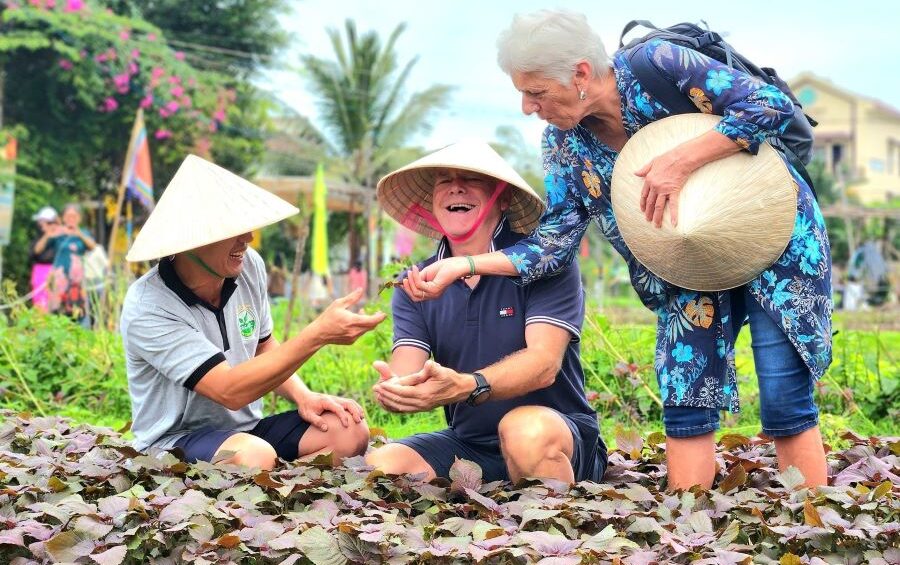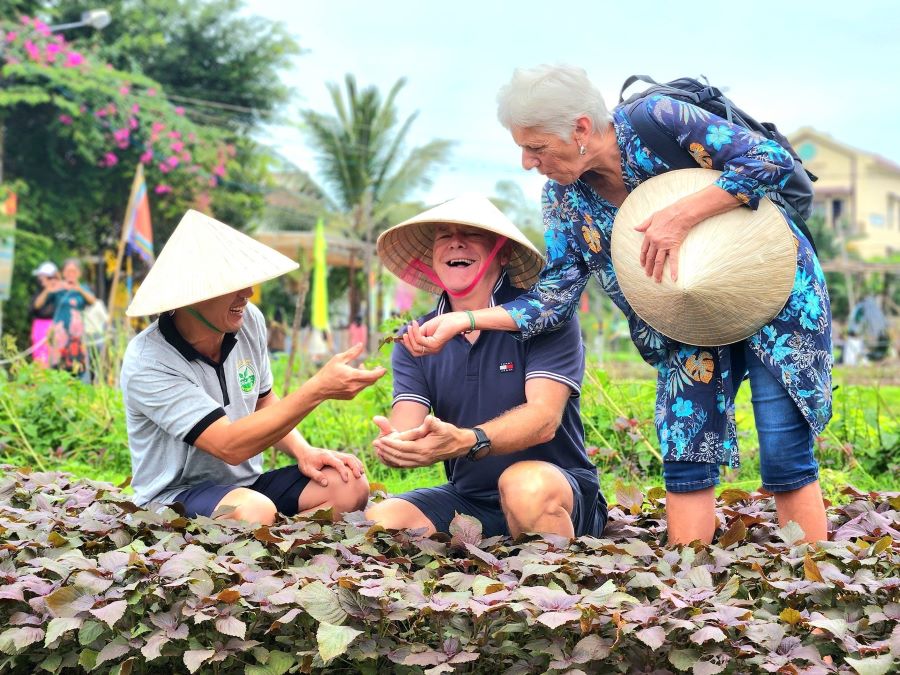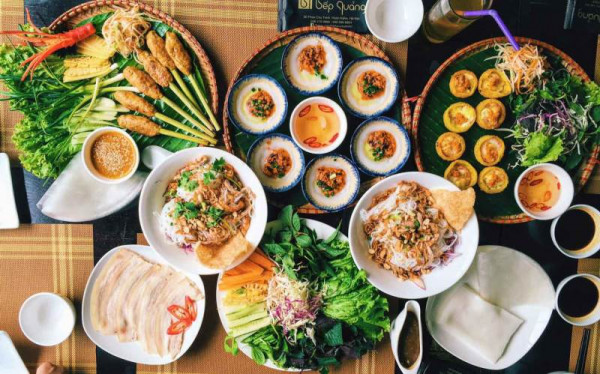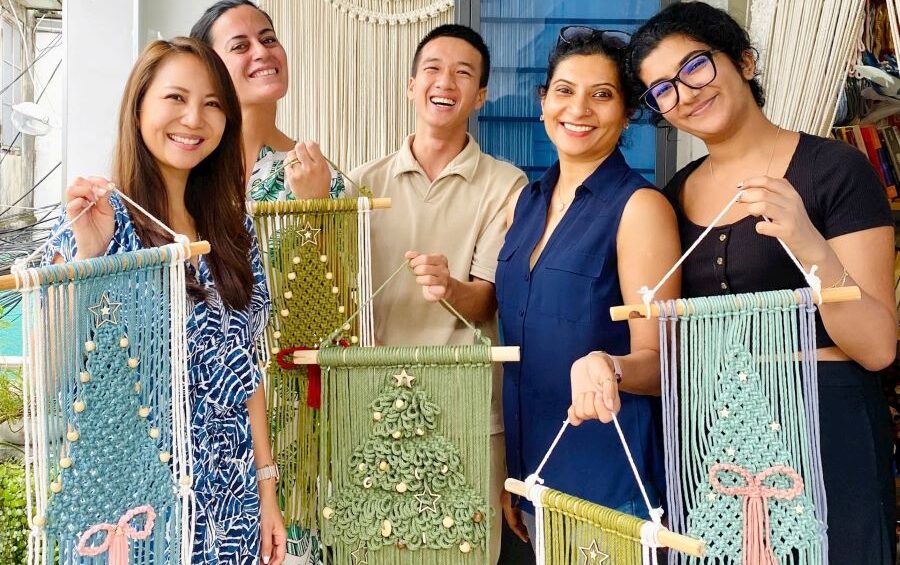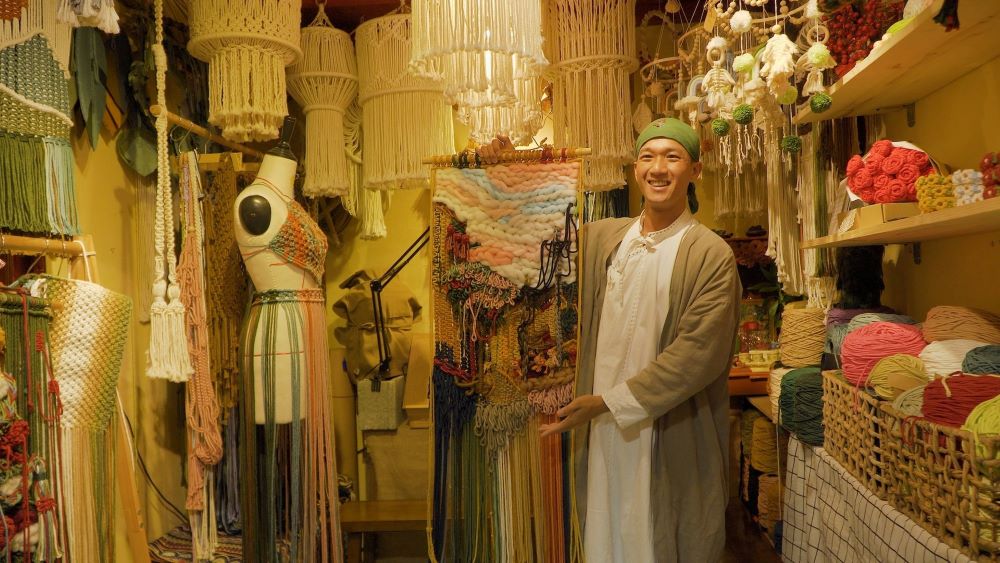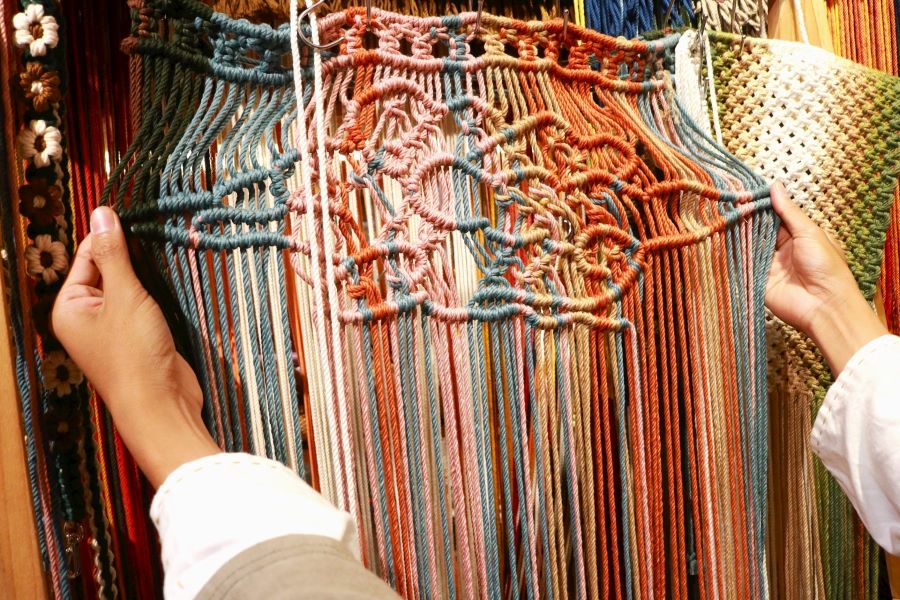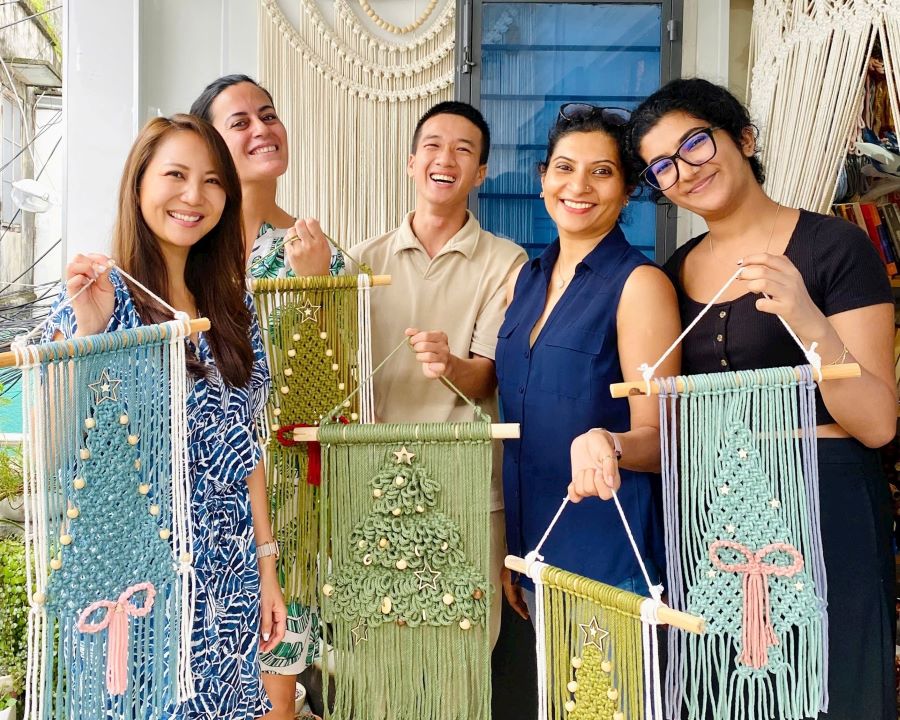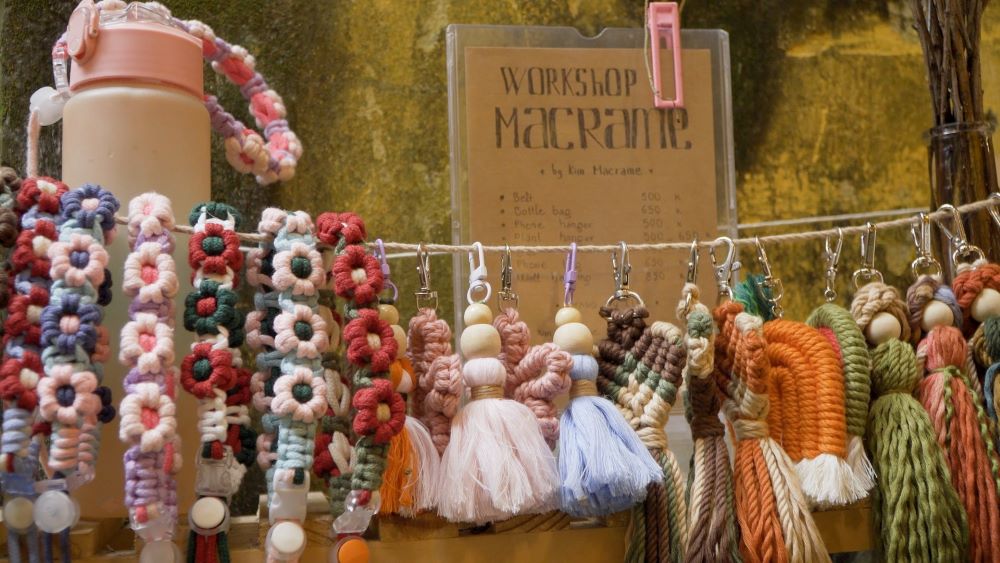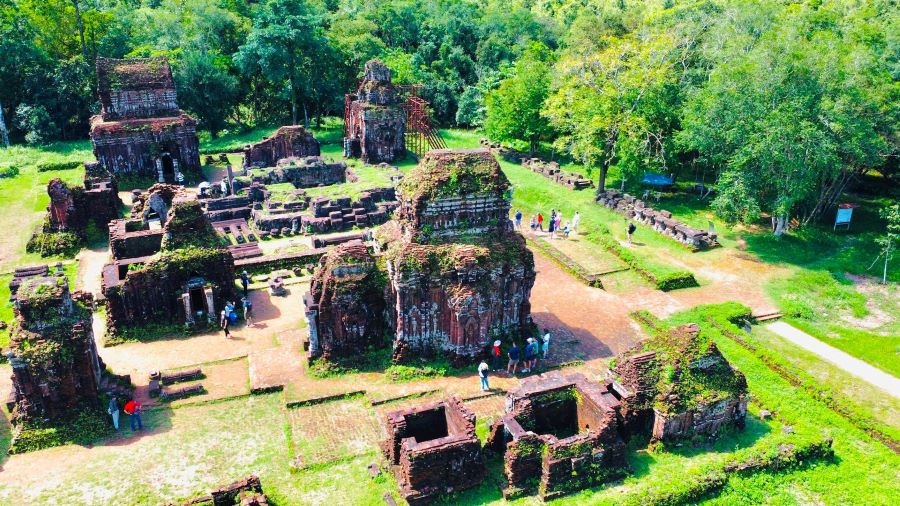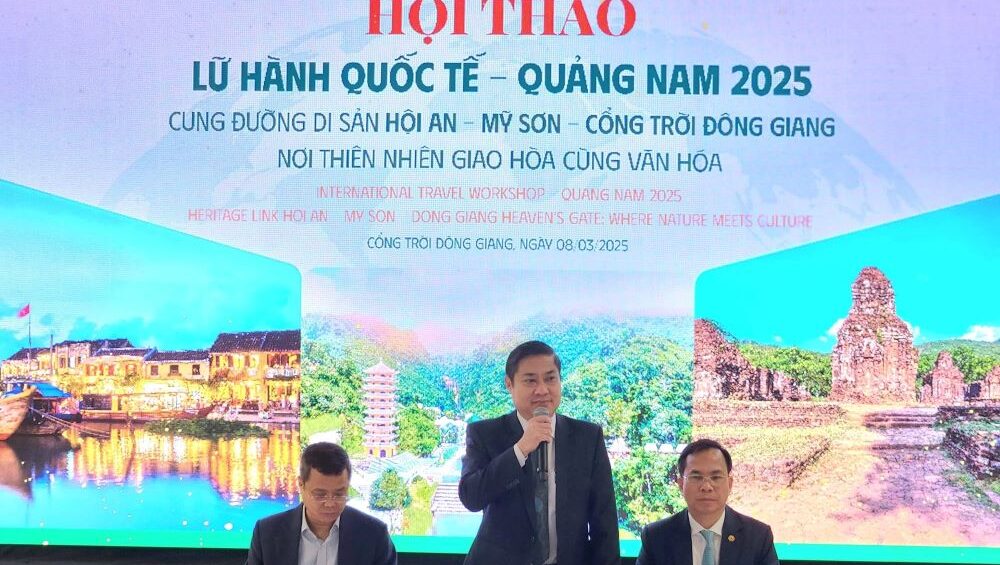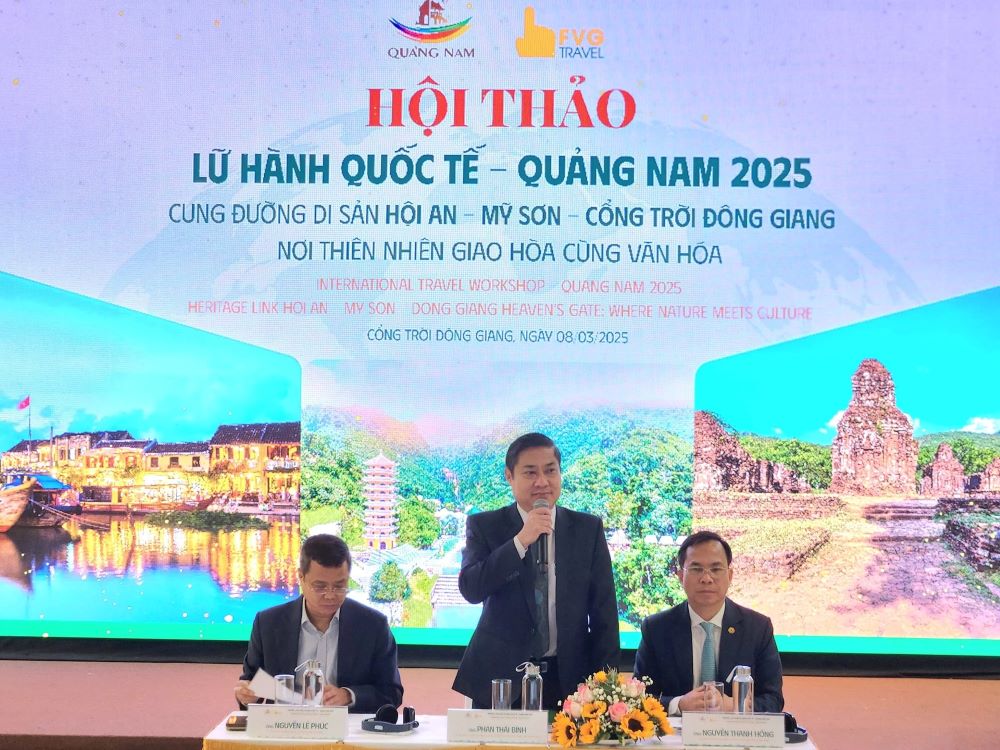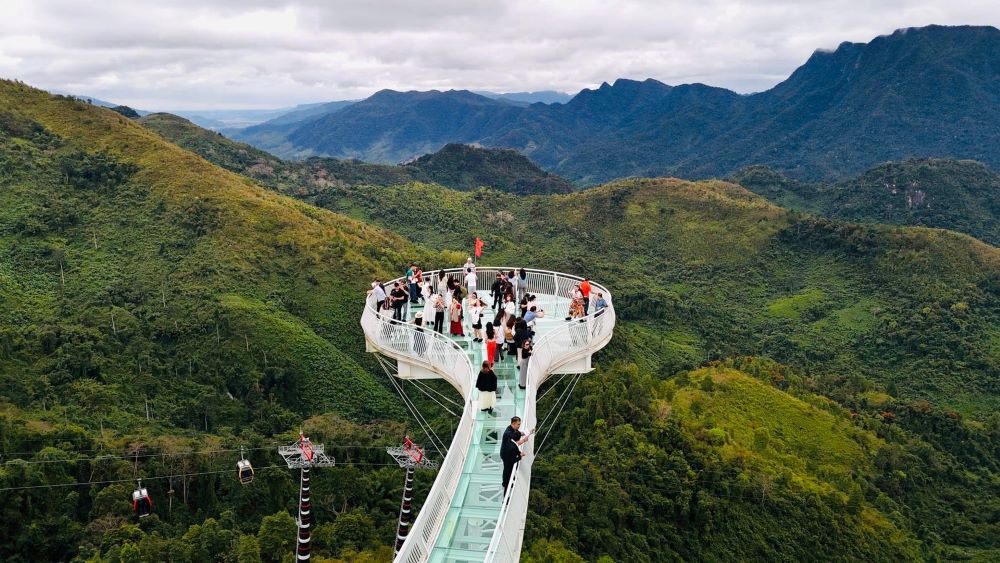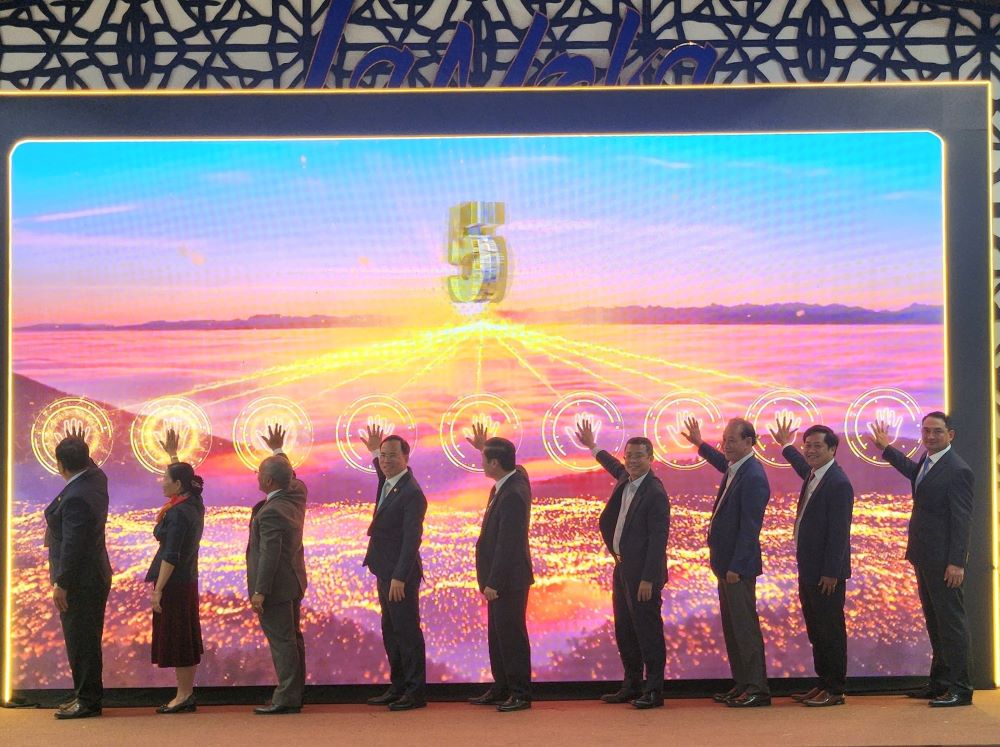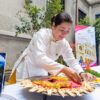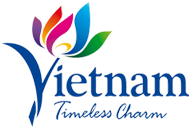In Da Nang, there are restaurants that have existed for decades, passed down through many generations in the same family. These traditional, long-standing restaurants always have a special appeal not only because of the unique flavours that go with the years but also the deep affection when wholeheartedly heading towards to the homeland, the ancestral land, contributing to the style, spiritual life as well as the personality of the Quang people…
Typical dishes have contributed to the style, spiritual life and personality of the Quang people
Special appeal
Located at 63 Le Hong Phong Street, Mrs Phien ‘bun cha ca’ (rice vermicelli with fish cake) eatery is one of the oldest restaurants in Da Nang. Ms. Ho Thi Thu, 59, the restaurant’s eatery said that the restaurant was established in the 1970s, passed down from her biological mother with the “brand” Mrs Phien and has existed until now for nearly 55 years.
The eatery has long been a favourite destination for locals as well as diners from near and far when visiting Da Nang. Diners will always remember the taste of the broth, which is always carefully cooked from the selection of ingredients to the cooking process to achieve the wonderful dish with the aroma of vegetables.
The highlight of the broth is a bit of shrimp paste, which is an indispensable spice in the culinary culture of the coastal region. The eatery also sells a full range of fresh seafood, typical of the coastal region such as mackerel noodle soup, tuna, crab cake and shrimp cake…
To enhance the flavour of the fish noodle soup, diners are recommended to consume a plate of raw vegetables with typical vegetables of the tropical climate such as bean sprouts, lettuce, basil, banana shoots, all contributing to giving diners a memorable bowl of ‘bun cha ca’. Located on this decades-old Le Hong Phong street, there are also other famous eateries such as Mrs.Hoa and 61B Le Hong Phong shop, contributing to creating a unique culinary street with its own flavour.
When it comes to long-standing restaurants with the typical flavour of Da Nang cuisine, the Mrs. Vi ‘mi Quang’ (Quang noodles) restaurant on Le Dinh Duong street is one of the best. For those who are originally from the Quang land, they have probably visited this venue to enjoy this traditional culinary flavour.
Mrs. Vi Quang noodles always attract diners with a broth of thick filling cooked from chicken eggs, duck eggs, quail eggs, chicken, beef and pork ribs, accompanied with a plate of fried spring rolls that are golden brown. And of course, there is also an extremely eye-catching plate of raw raw vegetables with many types of herbs.
Eateries such as Mrs. Phien or Mrs. Vi’s ‘mi Quang’, despite having existed for decades, are always in the hearts of Da Nang people and are often introduced to international friends during their Da Nang trips.
Ms. Tran Thi Thu Huyen, 25, from Ngu Hanh Son District) confided that traditional dishes sold at time-honoured eateries always bring different emotions to herself as a way to preserve and maintain the traditional culture of her homeland.
From identity to modernity
According to research on the relationship between cuisine and culture as well as human personality, specifically Quang’s personality, for a long time, eating and drinking or cuisine has been a necessary and indispensable need for humans to maintain life, increase labour production and develop comprehensively. The journey to discover Da Nang cuisine is also a journey to discover the history, culture and people here.
Each dish carries a story, a unique mark, contributing to the colourful and flavorful picture of Da Nang cuisine. Delving into the reality of culinary culture to see that it is a process of transformation from identity to modernity, likened to a multi-coloured symphony, a subtle blend between the cultural identity of Quang people in particular, Viet Nam in general and the influences from many different cultures.
In that culinary culture, there is also a strong historical mark and diverse cultural exchange, both expressing the liberal and open nature of coastal residents and showing the flexibility in cultural adaptation of a young, vibrant city that is always ready to welcome multinational cultures.
This is clearly shown through the appearance and long-term existence of many decades-old restaurants of Indians, Japanese, French and most notably, the restaurants of Chinese origin. Located at 267 Ong Ich Khiem Street, the Cho Lon restaurant with nearly 20 years of presence in Da Nang is one of the large restaurants of Chinese origin that still exists in Da Nang. Mr. Lam Khom, 36, the owner of the restaurant, said that he inherited this restaurant from his biological mother in the 2000s, and he has now been attached to Da Nang for nearly 20 years.
The Cho Lon restaurant and many other of its kind in Da Nang are clear evidence of the harmonious combination of Vietnamese and Chinese cuisine, becoming familiar dishes in the culinary life here, thereby bringing diners unique and unforgettable culinary experiences.
The Da Nang cuisine has been formed and developed based on the foundation of traditional Vietnamese culinary culture, combining influences from many other cultures such as China, the West, India and Khmer; a harmonious combination of tradition and modernity with a unique and rich menu.
Enjoying the Quang cuisine, especially at long-standing restaurants with their existence of dozens or even hundreds of years old, diners not only enjoy delicious food but also nourish their souls, experience cultural values and preserve memorable moments. Cuisine has become an indispensable part of the diverse cultural picture of the Quang land, the pride of the people here and a unique cultural heritage that needs to be preserved and promoted for future generations.
Source: Da Nang Today – baodanang.vn – Apr 5, 2025
